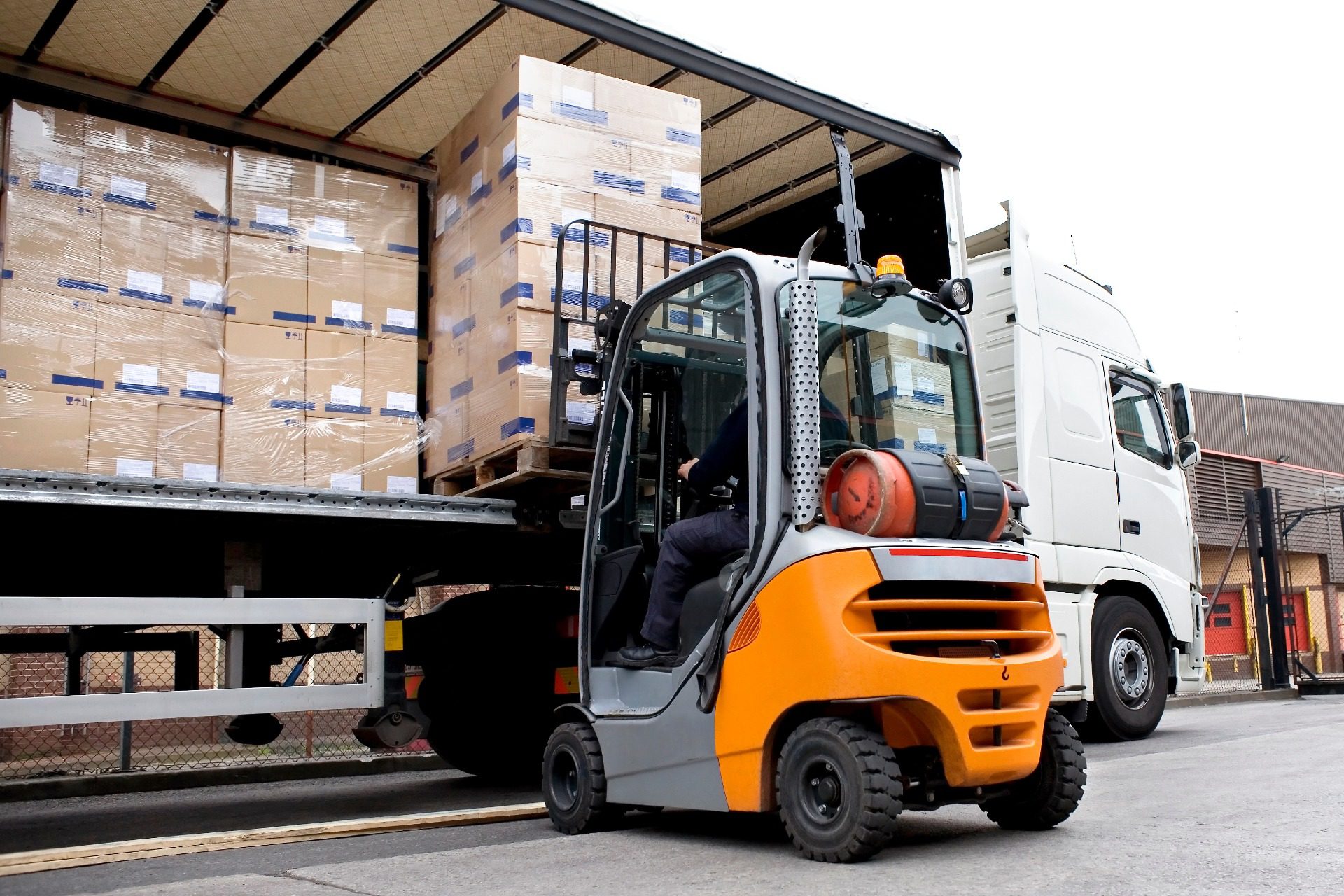Cold chain logistics is the technology and process that allows for the safe transport of temperature-sensitive goods and products along the supply chain. It relies heavily on science to evaluate and accommodate for the link between temperature and perishability.
Any product known to be or labeled “perishable” will likely need cold chain management. This could include foods like meat and seafood, produce, medical supplies and pharmaceuticals.
While the idea of transportation is a relatively new concept, the transport of temperature-sensitive products really dates back to the late 1700s, when ice was used by the British to keep fish from spoiling. Late 1800s, it was used to transport perishables as well. Dairy products were transported from rural to urban areas to be sold, and due to a European meat production shortage, South America was sending frozen meat to France and Australia, while New Zealand was sending it to Great Britain. Cold chain tech has always been, and will continue to be, hugely important to global trade.
Cold chain logistics has many moving parts. Some of the elements include:
- Cold storage – Facilities that store goods and products waiting to be transported.
- Cooling systems – Systems that bring food up to and keep it at an appropriate temperature during all aspects of the supply chain, including processing, storing and transporting.
- Cold transport – Ensures goods remain at stable temperature and humidity levels.
- Cold processing – Facilities that allow for processing goods with sanitation in mind.
- Cold distribution – Deals with loading boxes or crates and pallets to distribute goods.
Cold Chain Technologies
Cold chain transportation relies on several methods to keep goods at proper temperatures. How long the transport is, the size of the packaged shipment and seasonality are all factors that affect which method is used.
- Gel packs – Often used for medical and pharmaceutical shipments.
- Dry ice – Can keep goods frozen for extended time periods. Used for dangerous goods, pharmaceuticals and food. Sublimates rather than melts when coming in contact with air.
- Liquid nitrogen – Used primarily to transport biological cargo (organs, tissues).Extremely cold, keeps items frozen for longer periods.
- Eutectic plates – Also called cold plates, similar to gel packs but can be reused.
- Reefers – A temperature-controlled, insulated van, semi, truck or standard ISO container. Allows for temperature-controlled air circulation.
- Quilts – Insulated quilts can be wrapped around or placed over freight and are used to keep temperatures constant, so frozen items will remain frozen for a longer time.
Cold Chain Standards & Regulations
Federal regulators like the US Customs, the International Air Transport Association (IATA), the Transportation Security Administration (TSA), the Federal Drug and Food Administration (FDA), the Department of Transportation (DOT) and others have set standards and requirements for cold chain logistics. These requirements are established to better ensure products are shipped safely. Each has their own minimums for different products in relation to temperature, timing and packaging. Beyond these federal industry-regulations set by major institutions, shipping companies also determine their own individual stringent quality standards.
Some regulatory considerations include:
- Product stability
- Packaging
- Transportation
- Monitoring
- Temperature minimums
Common Cold Chain Management Issues
Common cold supply chain management issues can have a real impact on freight shipments. Drivers are typically very cognizant of these potential problems and will do their best to keep on top of them to prevent issues from arising in the first place.
- Product quality issues – For food items and produce, quality can be an issue from the start. Proper sanitizing, cleaning and sorting must be done prior to packaging and loading.
- Inadequate packaging – Important to prevent contamination and transport-related damage. Air flow can also be an issue.
- Lack of proper documentation – All steps of cold supply chain management need to be well-documented. This is especially true during transit, where data loggers that record storage temperatures and conditions can help prevent inadequate conditions from spoiling a load.
- Shipment/transport delays – Delays are an obvious issue for any shipper, but they can be particularly detrimental when dealing with cold chain logistics, since cold chain technology is time-sensitive.
- Disrupted climate control and/or temperatures – Temperature variation can be a big problem in cold chain logistics. It can result from multiple deliveries (meaning doors opening and closing often), loading food from the field, improper pre-cooling, extreme weather or other conditions like faulty cooling devices or transports.
ShipCalm Understands Your Cold Chain Needs!
Although ShipCalm does not have cold chain facilities on-site, we have a list of partners which can help with all your cold chain logistics needs. We know what it takes, every step of the way, to ensure on-time delivery of shipments that are the ideal temperature, every delivery. From the best cold technology to federal regulations, we’re in the know with everything to make sure your sensitive goods are perfect when they arrive.
Reach out to learn more about cold chain management and get a custom price from ShipCalm today for all other warehousing and fulfillment requirements.




